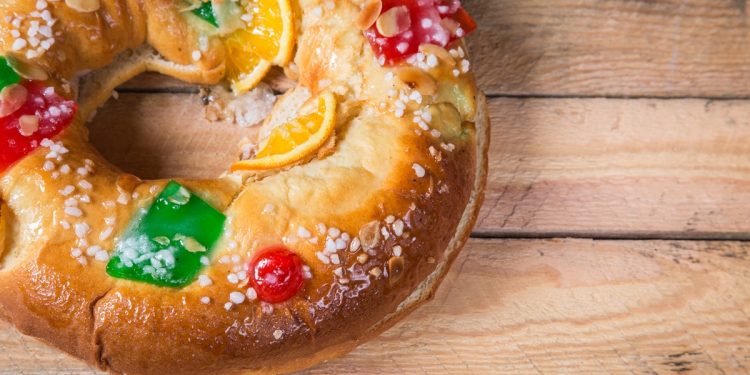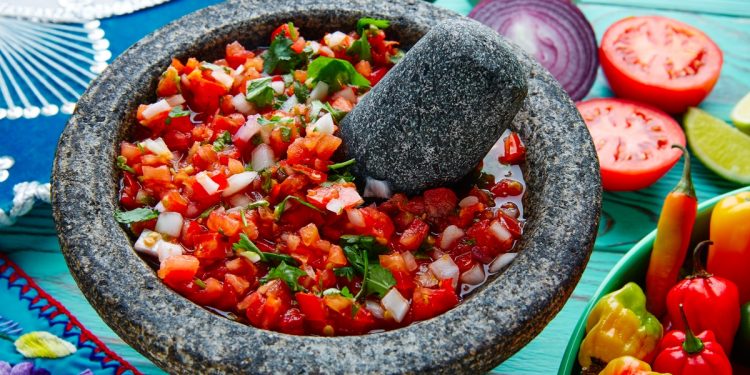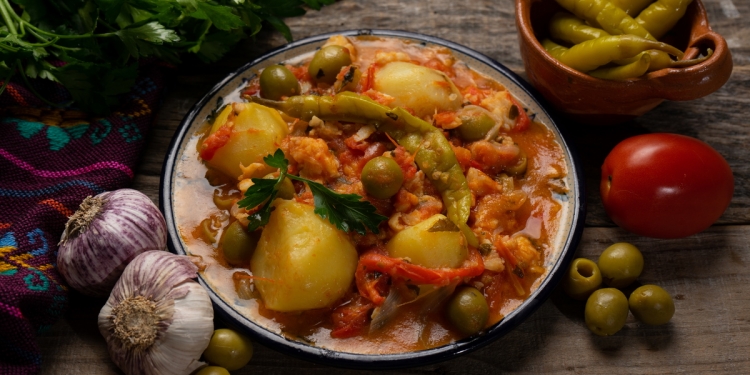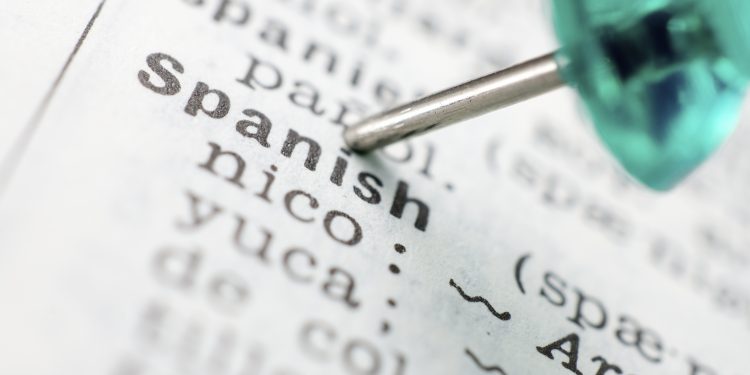Never a country to shirk its festive responsibilities, Mexico traditionally closes out its Christmas and New Year celebrations on January 6th, Día de Reyes or Three Kings Day.
Also known as Epiphany, the date marks the visit of the Magi to the Christ child: they are traditionally considered to have numbered three wise men, corresponding to the three gifts mentioned in the Bible.
Gift-giving traditions
For many years, Three Kings Day was the date when gifts would be given to Mexican children, who would put shoes out before going to bed on the evening of January 5th. Although this was gradually and inexorably taken over by the imported tradition of Santa Claus, families here maintain the tradition of giving children toys on Three Kings Day. Rather than the main course, this is for many a complement to the excesses of modern-day Christmas; “Por no dejar” —for the sake of keeping it— as some may say.
The continuation of Three Kings Day celebration is notable in the commercial world: toy prices in Mexican stores aren’t discounted to unload leftover inventory until around the second week of January, and the days leading up to January 5th can often see shoppers out late at stores and markets desperately seeking to fill last-minute orders.
Rosca de Reyes
The extravagant meals taken at Christmas and New Year are not repeated on Día de Reyes, but instead Rosca de Reyes (“Kings’ Loaf”) is eaten, usually with hot chocolate.
The large oval-shaped cakes —sweet bread topped with crystallized fruit and sugar— are interspersed with little plastic dolls representing the baby Jesus. Whoever gets a doll in their slice, and you have to cut your own to avoid feelings of being cheated, is supposed to buy the tamales on February 2nd—Día de la Candelaria: a Catholic tradition celebrating the presentation of Jesus in the temple.
How many of the people who get the slices with dolls actually end up buying the tamales themselves is an open question. But you probably don’t want to gather for Rosca with people who insist on further slicing each slice horizontally to inspect for dolls: not the spirit you’d want to start out the year with.
Rosca de Reyes, of course, shows up in the shops long before January, just as Pan de Muerto is usually available long before Día de los Muertos.
Closing out the Guadalupe-Reyes festive season
There are other ways in which Día de Reyes marks the end of the long holiday season, sometimes referred to as Guadalupe-Reyes to describe the slow month between Our Lady of Guadalupe on December 12th and the grade schools going back for the new term around January 7th.
It’s also the time to start taking down Christmas trees, festive lights, and other seasonal decorations. But there’s no rush.
Learn more about food traditions in Mexico
Mexperience helps you to discover food traditions in Mexico:
- Foods at Christmas and other holidays in Mexico
- Learn about the tradition of eating Tamales at Candlemas
- Learn about Pan de Muerto on Day of the Dead
- Learn more about Mexican Food and Drink.
- Mexican beers, liquors and cocktails
Mexico in your inbox
Our free newsletter about Mexico brings you a monthly round-up of recently published stories and opportunities, as well as gems from our archives.







Los tamales son para celebrar la presentación de Jesús en el templo. Se conoce como el “Día de la Candelaria” y los tamales los invitan los que se sacaron “el niño” en la rosca del día 6 de enero.
This is very interesting. There is so much to learn about this beautiful country. I am from America and have had the pleasure of experience the warmth and welcome of Mexico.
Gracias por la informacion de Dia de Reyes y Rosca de Reyes. Happy New Year from a norteamericano who is anxious to return for a visit.